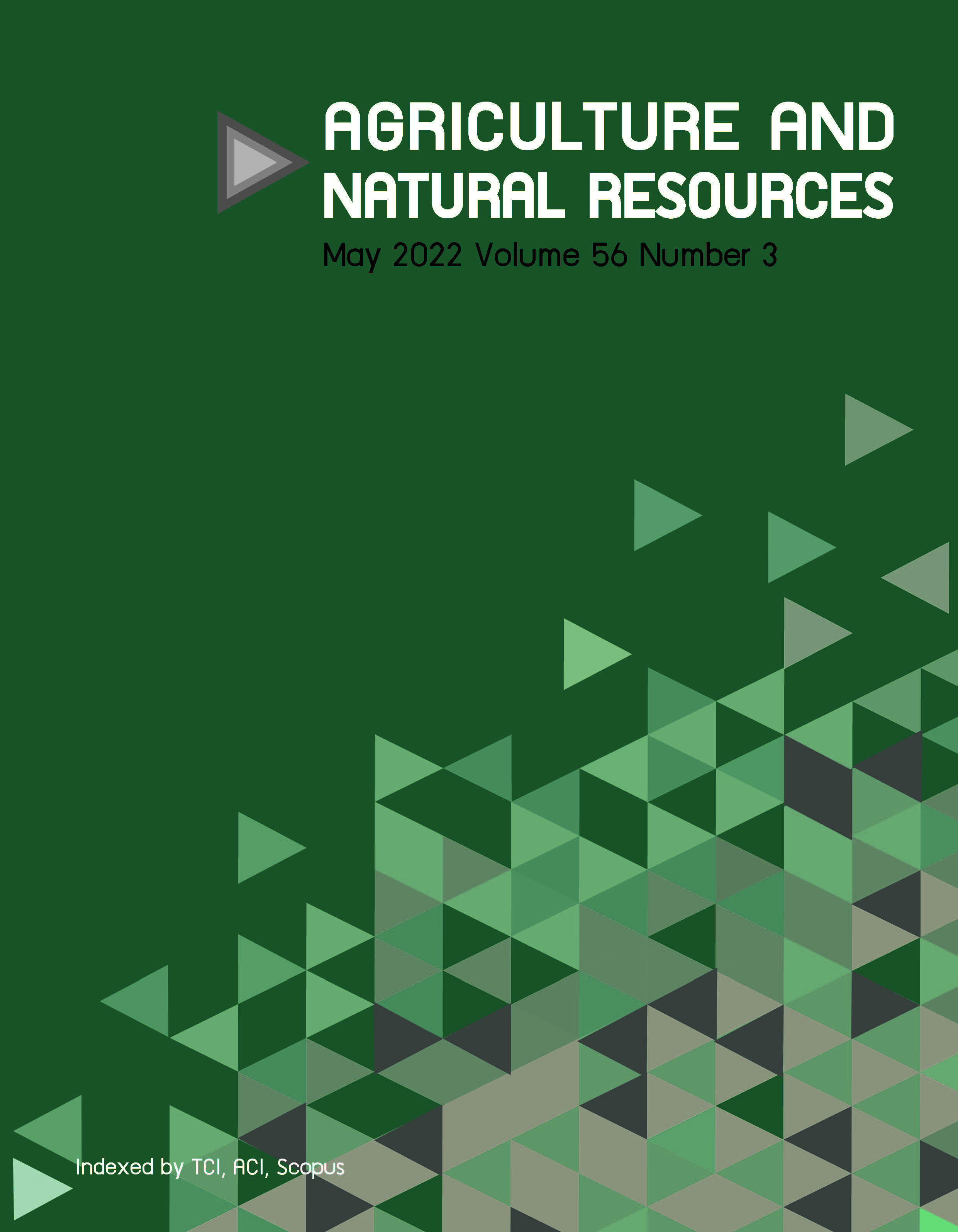Changes in microbial community structure and diversity during decomposition of oil palm empty fruit bunches at different decomposition sites in humid tropical oil palm plantation
Keywords:
Decomposition, Microbial community structure, Microbial diversity, Oil palm empty fruit bunch (OPEFB)Abstract
Importance of the work: Environmental conditions during the decomposition of organic matter play an important role in the structure and diversity of microbial communities.
Objectives: To compare changes in the microbial community structure and diversity during decomposition of oil palm empty fruit bunch (OPEFB) under the oil palm canopy and on open land.
Materials & Methods: A polymerase chain reaction-denaturing gradient gel electrophoresis technique was used to compare microbial community structures at two different decomposition sites during 6 mth, 12 mth and 24 mth. The physico-chemical parameters—temperature, relative humidity, pH, total organic carbon (TOC) and total nitrogen—in OPEFB during decomposition were determined to analyze differences in the decomposition rates of OPEFB.
Results: Different stacking location sites (under the oil palm canopy and on open land) of OPEFB affected the microbial community structure and diversity. The bacterial and fungal diversity indices were significantly higher in OPEFB decomposed on open land (H = 2.979 and D = 0.941 for bacteria; H = 1.969 and D = 0.828 for fungi) than under the oil palm canopy (H = 2.483 and D = 0.902 for bacteria; H = 1.866 and D = 0.776 for fungi), but the richness indices for bacteria was significantly higher on open land (S = 6.026) than under the oil palm canopy (S = 4.201)
and that for fungi was significantly lower on open land (S = 2.512) than under the oil palm canopy (S = 2.914).The significant decrease in TOC and texture of OPEFB decomposed under the canopy revealed that the decomposition rate of OPEFB for this site was faster than that on open land.
Main finding: Changes in the microbial community structure and diversity were closely correlated to changes in temperature, relative humidity, pH and TOC. These findings could contribute to the improvement of OPEFB waste management in oil palm plantations.
Downloads
Published
How to Cite
Issue
Section
License
Copyright (c) 2022 Kasetsart University

This work is licensed under a Creative Commons Attribution-NonCommercial-NoDerivatives 4.0 International License.
online 2452-316X print 2468-1458/Copyright © 2022. This is an open access article under the CC BY-NC-ND license (http://creativecommons.org/licenses/by-nc-nd/4.0/),
production and hosting by Kasetsart University of Research and Development Institute on behalf of Kasetsart University.







